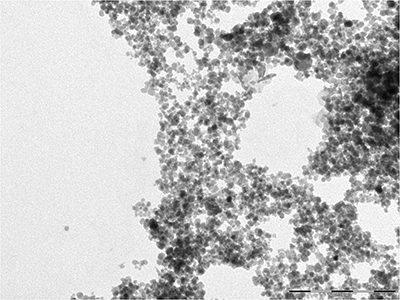
The most accepted definition for a nanomaterial refers to any material that has at least one dimension smaller than 100 nanometers (nm) in size (for example, thin films, graphene films…), while nanoparticles are defined as objects with all three dimensions less than 100 nm. At this scale, the properties and functions of nanostructures often differ drastically from their larger-sized counterparts.
The reason is that, by reducing the size of nanoparticles, surface effects are increased due to an enhanced ratio between surface atoms and volume. Additionally, the novel properties of nanoparticles depend not only on size but also on shape, as small size often results in higher reactivity of surface atoms that contribute significantly to the thermodynamic characteristics of solids. Their high surface area-to-volume ratio, malleable surface, and multifunctionality open up a multitude of new possibilities for a wide variety of applications in different fields of science and technology.
Environmental Engineering is not distant to nanotechnology and there is an increasing interest on the use of nanomaterials in environmental remediation. We are investigating the use of nanoparticles for the reduction of metals, nutrients and pesticides in water and, also, for the reduction of Green House Gases (CH4 and N2O) present in air.
We are also using iron nanoparticles to improve the anaerobic digestion process. Specifically we have found that iron nanoparticles can increase biogas production significantly when added to the anaerobic digestion process at a specific concentration and size.
However, the environmental impact of nanomaterials when released to the environment is not well determined. Then, nanotoxicology is arising as a new discipline related to nanotechnology. We are working in the determination of toxicity of different nanoparticles by using methodologies such as seed germination tests, bioluminescent bacteria, aerobic respirometry and anaerobic digestion tests, among others.